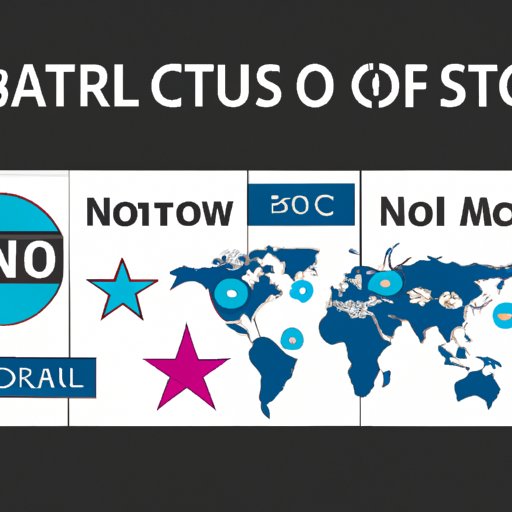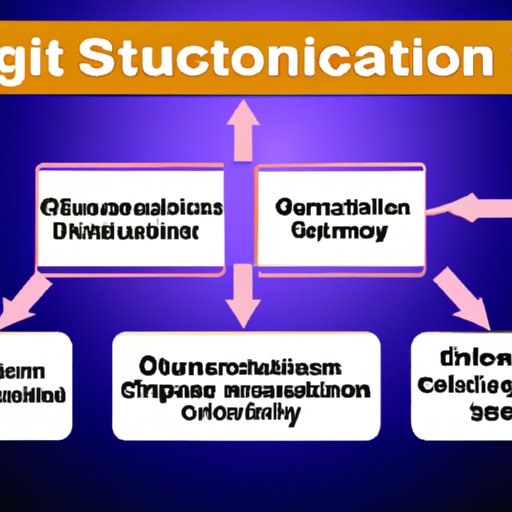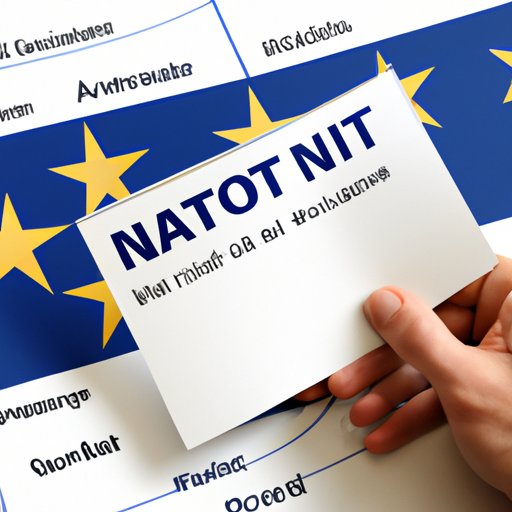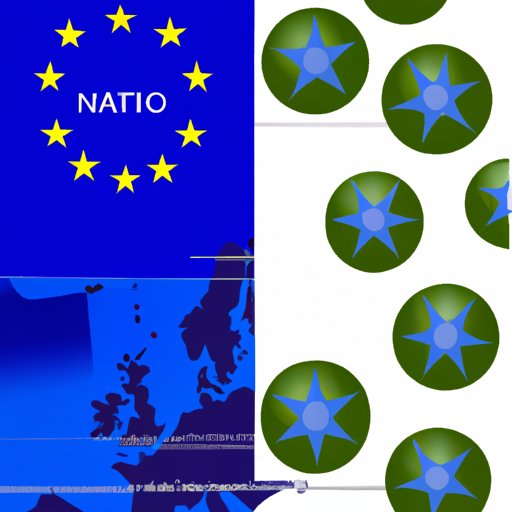Overview of NATO and Its Role in International Security
The North Atlantic Treaty Organization (NATO) is a military alliance established in 1949 to ensure the security of its member states. Comprised of 29 countries from Europe and North America, NATO’s primary focus is to maintain peace and stability in the region by providing collective defense against external threats. Since its establishment, NATO has been involved in numerous international efforts to promote international security and stability, including peacekeeping operations and disaster relief.
Definition of NATO
NATO is an intergovernmental organization made up of 29 nations that have signed on to the North Atlantic Treaty, which was created in 1949 with the goal of promoting international security and stability. NATO is based on the principle of collective defense, meaning that if one of its members is attacked, all members are obligated to respond in order to protect the attacked nation. This is known as the “all for one, one for all” principle. The organization also provides a platform for its members to discuss and coordinate their foreign policies and security strategies.
Overview of NATO’s Purpose
At its core, NATO is committed to maintaining peace and security in the Euro-Atlantic area. To achieve this, the organization works to prevent and manage crises, provide collective defense for its members, and facilitate dialogue between its members. In addition, NATO also seeks to expand its membership by encouraging other countries to join the alliance. As part of its commitment to international security, NATO has taken part in a number of peacekeeping operations, humanitarian efforts, and disaster relief operations.
NATO’s Role in Global Security
Since its inception, NATO has played a major role in international security. The organization has been instrumental in helping to resolve conflicts in the Balkans and Afghanistan, providing assistance to victims of natural disasters, and protecting citizens from terrorist threats. NATO has also provided support to other international organizations, such as the United Nations, in their efforts to create a more stable and secure world. As a result, NATO has become an important tool for the international community to use in achieving its goals of peace and security.

History of NATO: From Cold War to Modern Day
NATO was founded in 1949 in response to the growing threat posed by the Soviet Union during the Cold War. The original 12 founding members of the alliance were Belgium, Canada, Denmark, France, Iceland, Italy, Luxembourg, Netherlands, Norway, Portugal, UK, and the US. Following the collapse of the Soviet Union in 1991, NATO began to expand its membership and now includes 29 nations from Europe and North America.
Establishment of the Alliance
The North Atlantic Treaty was signed in Washington, DC in April 1949. The treaty stated that an attack on any of the signatories would be considered an attack on all, thus creating a collective security system in the region. In addition, the treaty also established the North Atlantic Council, which serves as the primary decision-making body of the alliance.
Expansion and Development During the Cold War
During the Cold War, NATO expanded its membership to include Greece and Turkey in 1952, West Germany in 1955, and Spain in 1982. The alliance also became more active in responding to international crises, such as the Suez Crisis in 1956 and the Cuban Missile Crisis in 1962. During this period, NATO developed a number of military capabilities, such as nuclear weapons and long-range bombers, in order to bolster its defense capabilities.
Evolving Role in Post-Cold War Conflict
Following the end of the Cold War, NATO took on a new role as a global security provider. In the 1990s, the alliance was involved in a number of peacekeeping operations, such as the stabilization of Bosnia and Herzegovina and the deployment of forces in Kosovo. In addition, NATO launched its first ever out-of-area operation in 1999 when it intervened in the conflict in Kosovo. Since then, NATO has continued to play an active role in global security, taking part in a range of operations and initiatives.

How the Organization is Structured and Operationalized
NATO is comprised of several different bodies, each of which plays an important role in the alliance’s functioning. These include the North Atlantic Council, the NATO Military Committee, the NATO Parliamentary Assembly, and the International Staff. In addition, the alliance is divided into four regional commands, which are responsible for overseeing the implementation of the organization’s policies and operations in their respective regions.
NATO’s Command Structure
The North Atlantic Council is the highest decision-making body within NATO and is composed of representatives from all member states. The council meets regularly to discuss issues affecting the alliance and make decisions on matters such as security policy and military operations. The NATO Military Committee is responsible for providing strategic guidance to the council and is composed of senior military officers from all member states. The committee is chaired by the Supreme Allied Commander Europe.
NATO’s Decision-Making Process
Decisions within NATO are made through a consensus-based process. All member states must agree on a particular decision before it can be adopted. This means that the opinions of smaller states are given equal weight to those of larger states, ensuring that all members have a say in the decision-making process. In addition, decisions can only be made if there is a unanimous agreement among all members.
NATO’s Organizational Bodies
NATO’s organizational bodies are responsible for overseeing the day-to-day operations of the alliance. The International Staff is the executive body of NATO and is responsible for managing the alliance’s administrative and operational activities. The NATO Parliamentary Assembly is composed of representatives from each member state and is responsible for providing advice on political and security matters. Finally, the NATO Secretariat is responsible for providing support to the organization’s various bodies and for carrying out research and analysis on security issues.

The Benefits of Membership in NATO
Membership in NATO provides a range of benefits to its members, including collective security, access to resources, and political influence. Collective security means that all members of the alliance are protected from external threats, as they are all responsible for the defense of one another. Additionally, members gain access to resources such as intelligence sharing and training opportunities, as well as increased political influence on the international stage.
Challenges Facing the Alliance
Despite its many benefits, NATO faces a number of challenges that could impact its ability to fulfill its mission. These include budget constraints, political divisions among members, and geopolitical shifts. Budgetary limitations could hamper NATO’s ability to carry out its operations, while political divisions could lead to disagreements over how to approach certain security issues. Finally, geopolitical shifts, such as the rise of China and Russia, could challenge the alliance’s traditional role in international security.
The Future of NATO and Its Impact on Global Security
In spite of the challenges it faces, NATO remains committed to its mission of promoting international security and stability. The alliance has demonstrated its adaptability by taking on new roles in crisis management and counterterrorism, as well as responding to emerging threats such as cyberattacks. Going forward, NATO will continue to play an important role in global security, particularly in light of the increasing complexity of modern-day threats. The alliance’s ability to adapt and evolve in response to changing circumstances will be critical to its success in the years ahead.
(Note: Is this article not meeting your expectations? Do you have knowledge or insights to share? Unlock new opportunities and expand your reach by joining our authors team. Click Registration to join us and share your expertise with our readers.)
